Big Brown Bats
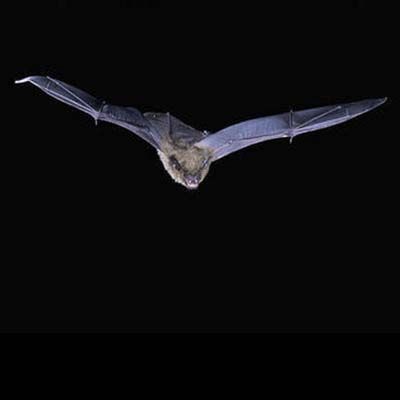
Did you know that there are 1,000 bat species worldwide? Amazingly, bats make up almost a quarter of all mammal species on earth. You may already have bats around your house and not know it! The big brown bat, the little brown bat, the pallid bat, the Brazilian free-tailed bat, and the northern long-eared bat are common species of bats in North America. Here’s some information about each of them, so if you build a bat house, you’ll know who’s moving into it. Or if you want to get rid of bats, you know who’s moving out.
Big Brown Bat has fur that is shiny brown and wing membranes, ears, feet, and face that are dark brown to blackish in color. Big brown bats navigate as they fly, using ultrasonic sound waves and listening to the echo to locate objects, a process known as echolocation. Big brown bats are nocturnal insectivores, eating many night flying insects such as beetles and wasps.
Little Brown Bat
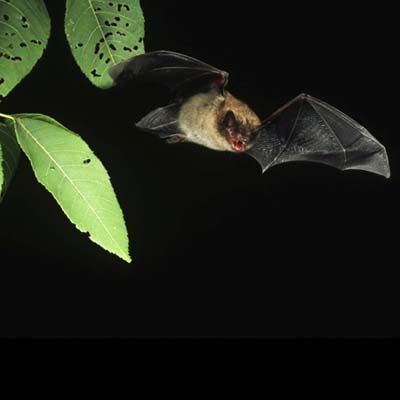
As its name implies, this species looks like a smaller version of the big brown bat, but with a pointy nose. The proportionally big ears are black and help with the echolocation they use to find their prey. They like to eat wasps, beetles, and gnats—and they particularly love mosquitoes, which is why they often roost near water.
Pallid Bat
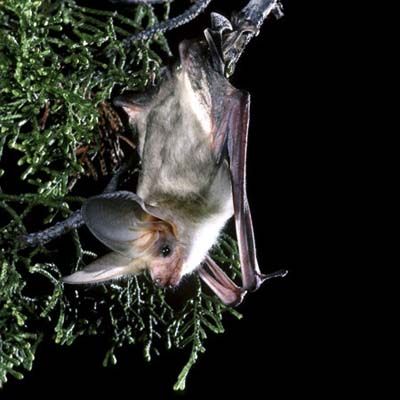
These bats have bigger eyes than most other species of bat in North America, as well as pale, long, wide ears. Like the big brown bat and the little brown bat, they are insectivores, and they like to eat crickets. They can consume up to half their weight in insects every night!
Brazilian Free-Tailed Bat
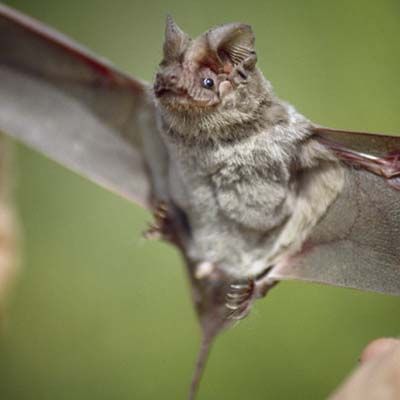
This medium-sized dark brown or gray bat is one of the most abundant mammals in North America. It has wide-set ears that help it use echolocation to find its prey. These insectivores like to roost in large numbers and are very important to insect control.
Northern Long-Eared Bat
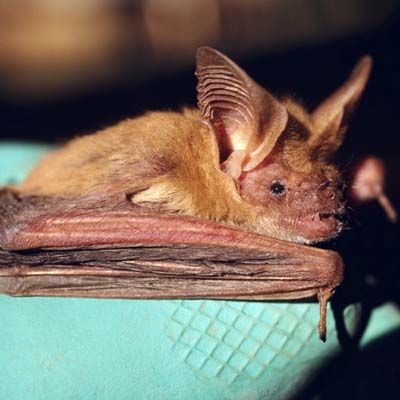
This bat has dull brown fur and a slightly paler belly. Its large ears are so long they extend beyond its muzzle when forward, which helps it find the moths, beetles, bugs, caddis flies, and stone flies it likes to eat.
